What does Furikake taste like?
Furikake, a dry Japanese condiment used to make onigiri, can be sprinkled on cooked rice, veggies, and fish.It also has sesame seeds, chopped seaweed, sugar, salt, and monosodium glutamate. Other flavorful ingredients such as katsuobushi (bonito flakes moistened with soy sauce and dried again), freeze-dried salmon particles, shiso, egg, powdered miso, and vegetables are frequently added to the mix. Furikake is frequently vibrantly colored and flaky. It may be spicy or sweet and have a mild fish or seafood flavor. If you love furikake, it can be used to pickle foods and make rice balls in a Japanese cooking rice (onigiri).
History of Furikake Rice Seasoning
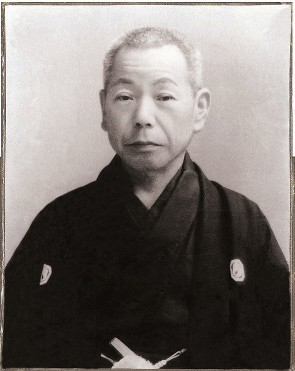
Chefs are typically the ones who invent or discover new foods or ingredients. it is very different from the Furikake because a chef did not discover it. The name is derived from the Japanese verb furi Kakeru, which means "to sprinkle over." That makes sense, right? Furikake is also known as rice sprinkles by many English speakers, so it all adds up.
Food scarcity and malnutrition were major issues in Japan during the 1800s. Suekichi Yoshimaru, a pharmacist, came up with the idea of a calcium supplement made from fish bones. Yoshimaru blended the bonemeal with sesame seeds, nori flakes, and poppy seeds since he thought kids wouldn't like the flavor. This mixture, which he termed Gohan no Tomo or "A Rice Friend," is being made to this day
Despite Gohan no Tomo's popularity, food retailer Seiichirou Kai felt motivated to give it a shot. Konbu seaweed powder and ishimochi (white croaker fish) were cooked in a soy sauce mixture before being mixed with nori and sesame seeds. Kai founded his firm under the name Kore wa Umai, which translates to "This is Good." Kai must have been pleased with it since his business quickly grew and he established the well-known noritama seaweed and egg flavor in Tokyo. These seasonings weren't known to be Furikake as a whole until 1959.
What is Furikake
Furikake, a well-liked Japanese rice flavoring, can be used as a garnish, topping, or condiment. The ingredients needed to prepare it include dried fish, nori seaweed, bonito flakes, sesame seeds, salt, and sugar. Yet, some other components used are wasabi, shiso, miso, powdered eggs, Okaka, or re-dried Katsuobushi flakes dipped in soy sauce, vegetables, fish bones, and mushrooms in furikake. Its final product is also a bright, flaky paste that has to be dried and crushed.
What Does Furikake Taste Like?
Dried fish, bonito flakes, monosodium glutamate, and seaweed are furikake's main ingredients, which are full of bold, savory, and umami flavors. Furikake may now be purchased with a variety of additions that give it a range of flavors, from fruity to spicy to sweet. Moreover, f urikake's several dry ingredients include Japanese seasoning that gives it a hearty crunch in addition to its complex flavor profile.
Ingredients Need To Make Furikake Seasoning
Have you ever enjoyed a bowl of sushi rice with nori, sake, soy sauce, bonito flakes, and thought, "What is that delicious seasoning?"? It is known as Furikake. Learn everything there is to know about Japanese furikake seasoning in this article, including its definition, preparation method, and storage recommendations.
-
Bonito Flakes –Keep the leftover bonito flakes from making dashi stock and use them in this seasoning.
-
Sugar – usually used white granular sugar.
-
Sake –This gives it the best aroma as well as a slight bite.
-
Soy Sauce – This is for the umami flavor!
-
White Sesame Seeds – These are crucial and can be found in almost every furikake recipe.
-
Seasoned Seaweed Sheets – Nori is good, but you may use your favorite type of seasoned seaweed here.
In addition, you can also find this seasoning in japanese grocery store, asian grocery stores, and japanese market. However, if you want to make it at home, ensure an airtight container.
How are Furikakes Made?
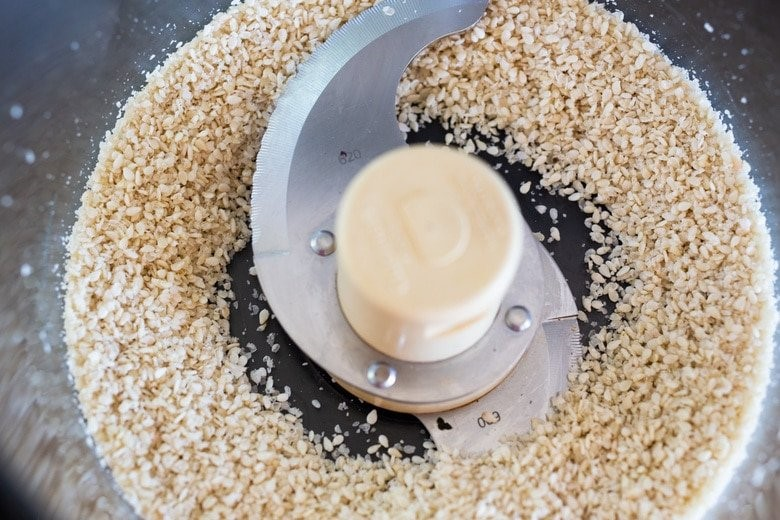
-
To release the oil from sesame seeds, lightly grind them.
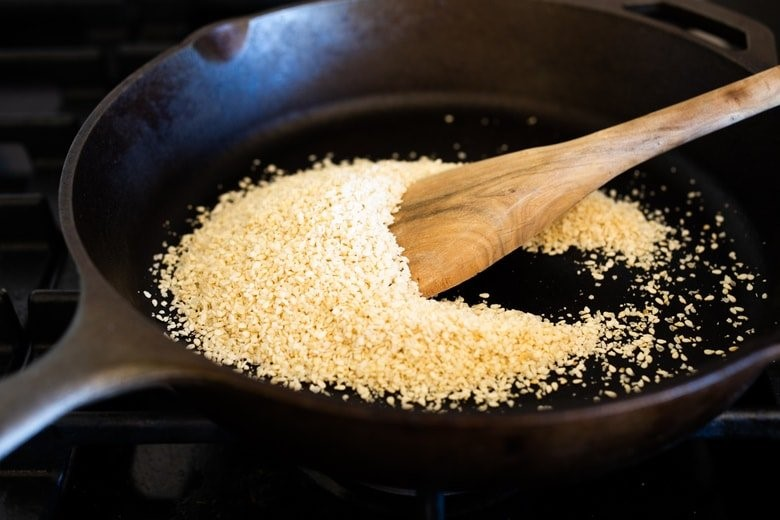
-
Toast the sesame seeds until they are fragrant and golden.

-
Combine with the shredded nori.
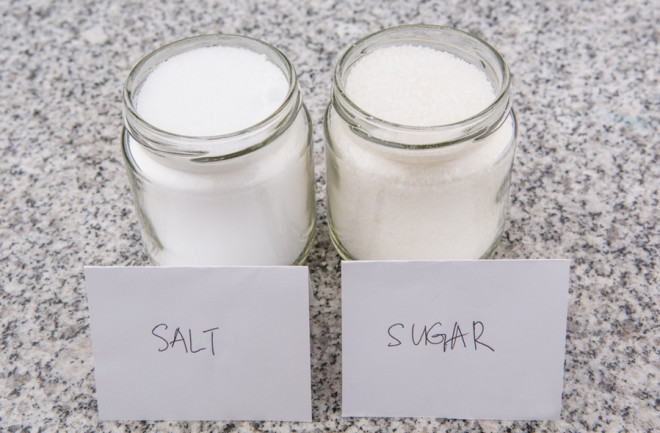
-
Season with salt and sugar to taste.
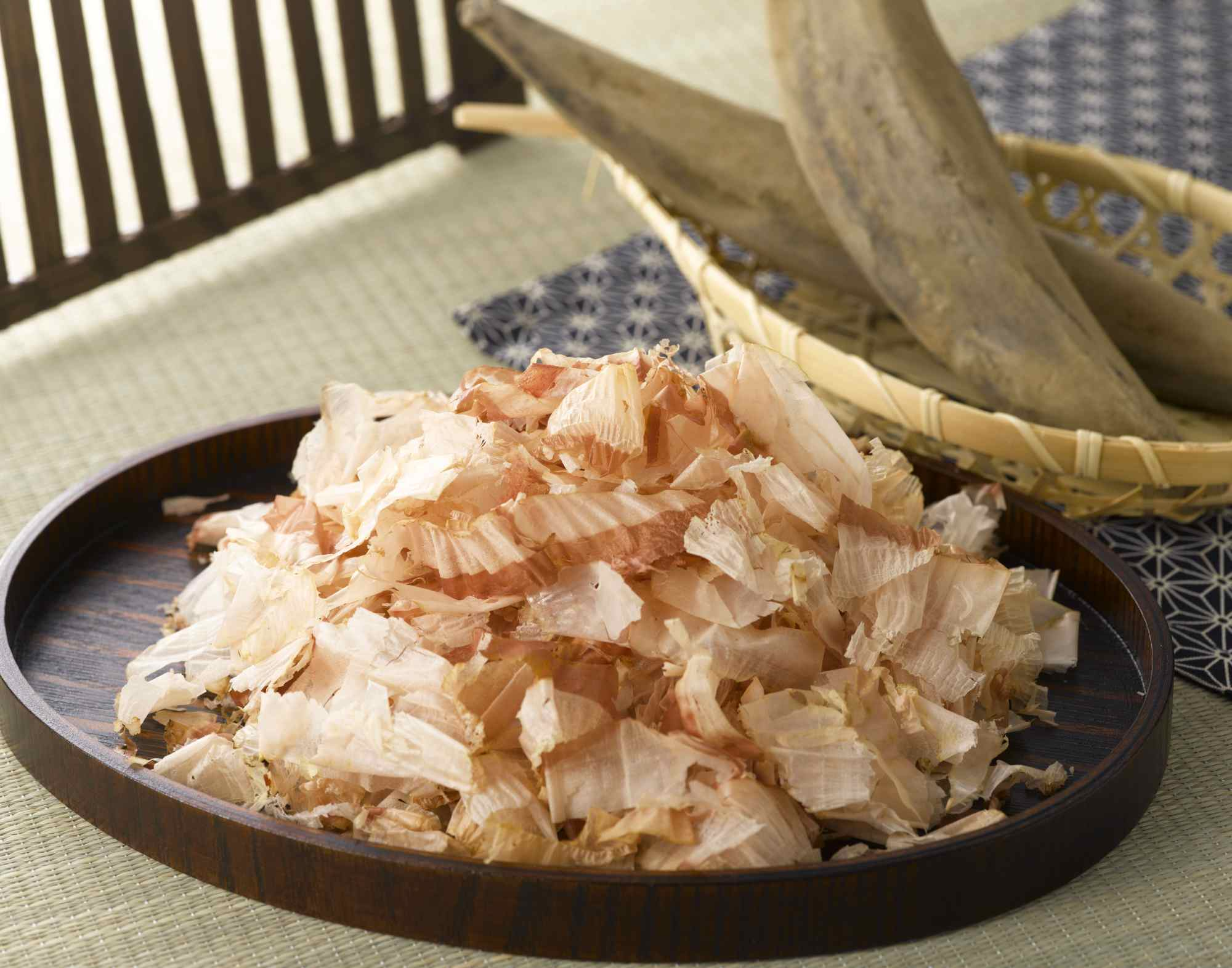
-
Chili flakes, bonito, dried shiso, shiitake powder, or miso powder are all optional.
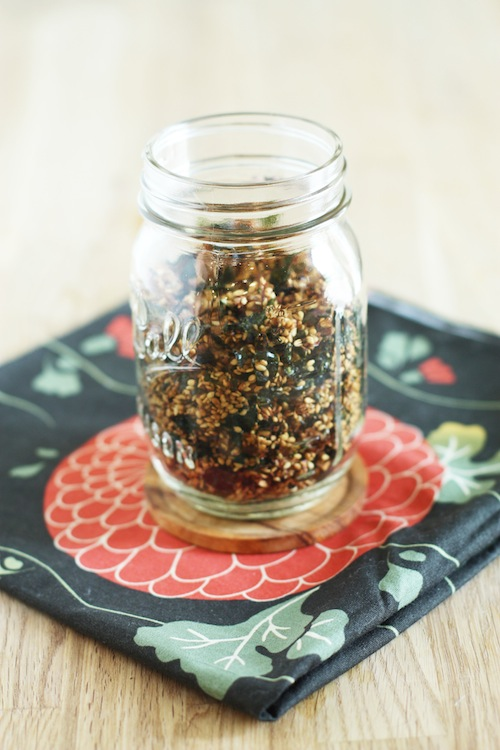
-
Store in an airtight jar for six months.
Uses of Furikake in Eastern and Western cuisine
Furikake, unlike other more exotic Japanese dishes, fits perfectly into Western cuisine because it requires no special knowledge of Japanese culinary culture. It is a spice mixture that almost everyone has at home, so experimenting with its preparation and seasoning is simple.
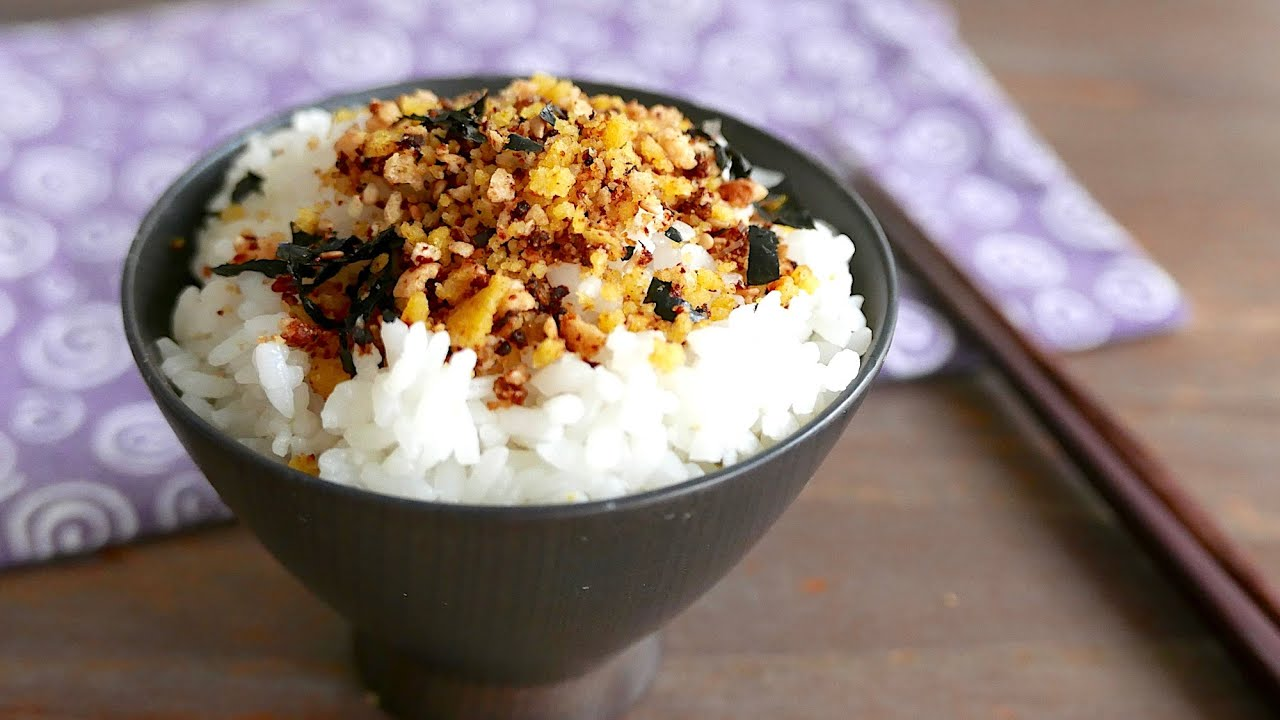
Furikake is most commonly used as the final seasoning for cooked rice, either on its own or as part of larger dishes like poke or chirashisuzhi for homemade version. It is also sprinkled on rice triangles and rice balls (omusubi or onigiri), pasta dishes, soups, fried, dried egg or boiled eggs, curries, shrimp, tofu, grilled fish, and other ingredients in its home country. Sometimes, they add Japanese rice seasoning like garlic powder, tamari sauce, toasted sesame seeds, and fish flakes to their homemade furikake to crumble easily. Luckily, there are no chemical preservatives to this dish.
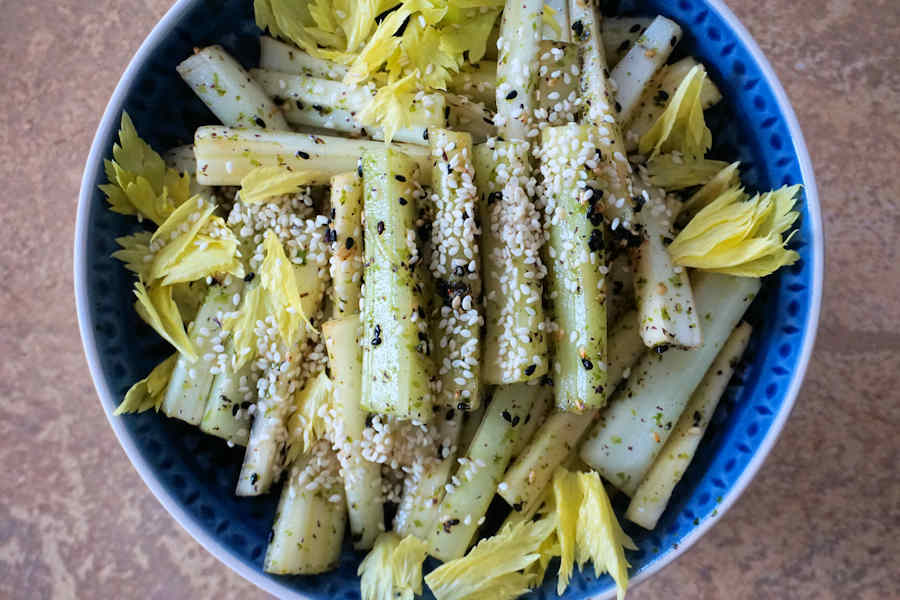
It is best to add furikake to hot dishes when you cook it in medium-high heat so that the warm steam will enhance the flavor and aid in ingredient absorption. For a tasty crunchy texture, it can also be added to cold dishes. For instance, in all types of salads, the Japanese multi purpose seasoning is also added. Try it now in a serving bowl for a best furikake dish taste.
How to Use Furikake in Your Dish
Furikake is a multipurpose seasoning that may be used with any dish. However, it is served with boiling rice, fish fillets, and onigiri, a type of Japanese rice cake. Salmon with Chile Crisp and White Fish Rice Bowl recipes are the ideal mash-up for this traditional Japanese blend.
Along with the items mentioned above, gravies, soups, and stews enhance furikake's umami-rich flavors. To get that savory punch, try adding some furikake to Beef Pho, Miso Soup, or even our simple Carrot Soup.
Furikake has a wide range of culinary uses nowadays when so many people in Japan and Hawaii include it on their regular meals. They also include breakfast, lunch, and dinner. Additionally, a growing number of Americans are stocking it in their pantries, especially on the West Coast. It's essentially known as the "salt and pepper" of this age. Furikake may also be sprinkled on top of avocado toast, roasted vegetables, tofu, roasted-crisp chickpeas, eggs, and nachos as a snack. One of the favorite ways to eat it is sprinkled over hot, buttered popcorn, including on the top of steamed rice, white rice, long grain white rice, plain rice, brown rice, and seasoned rice.
Furikake Nutrition Information
Furikake seasoning is a relatively modern innovation, unlike most other Japanese ingredients. Around each time Japanese chefs started to acknowledge the presence of the fifth flavor, umami, its precursor was developed. Umami, crucial to Japanese food, is abundant in furikake seasoning. Umami is a flavor that is distinct from saltiness and describes the flavor of meat or chicken broth.
Furikake was first meant to be used as a calcium supplement instead of a seasoning by pharmacist Suekichi Yoshimaru. Gohan no tomo, which translates to "friend of rice" or "friend for rice," was the name given as the original mixture. While sesame seeds, nori, poppy seeds, and fish bones were also included, along with the fish bones. To produce sushi and other Japanese delicacies, nori seaweed, a type of dried algae, is utilized.
After World War II, the spice mixture went from being a supplement to a staple in Japan. Then, Nissin Foods started manufacturing and distributing it across the country to fight hunger.
Health Benefits of Furikake Seasoning
Furikake seasoning is a great source of the following nutrients due to the spices used to produce it:
-
Iodine
The nori in furikake is a great source of iodine; in fact, it may be the richest natural source of it.
-
Protein
The bonito in furikake seasoning is not merely a source of the umami note. It also brings protein to the dish. Sesame seeds are another furikake ingredient with this nutrient.
-
Calcium
Furikake seasoning was originally used to treat calcium deficiencies. The mixture is a rich source of the mineral since it contains a number of different ingredients, including seaweed and chili peppers.
-
Vitamins
The nori in furikake is a good source of various vitamins, particularly B.
These nutrients may help to treat and prevent conditions like osteoporosis, thyroid ailments, and high cholesterol.
Sugoi Mart Featured Furikake Products
-
Marumiya Sukiyaki Furikake
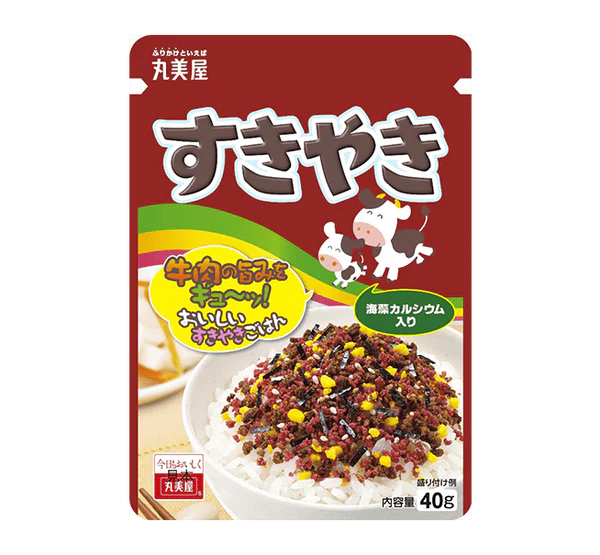
Click here to see product information.
-
Marumiya Nori Wasabi Furikake
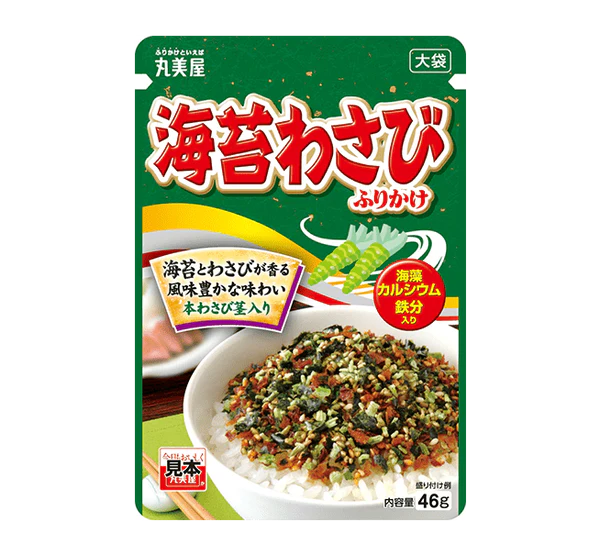
Click here to see product information.
-
Nagatanien Super Curry Furikake
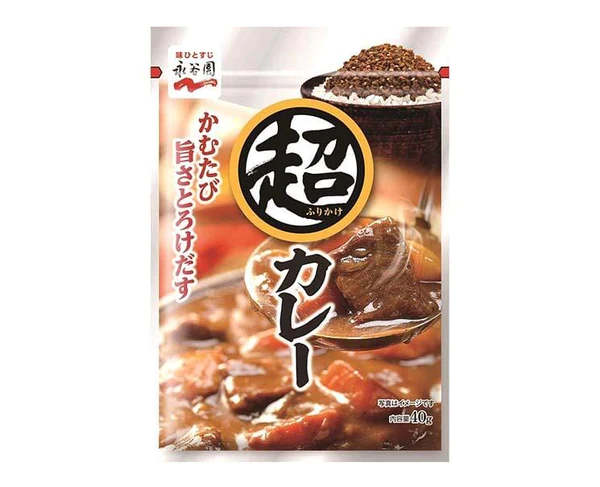
Click here to see product information.
-
Peyoung Yakisoba Classic Furikake
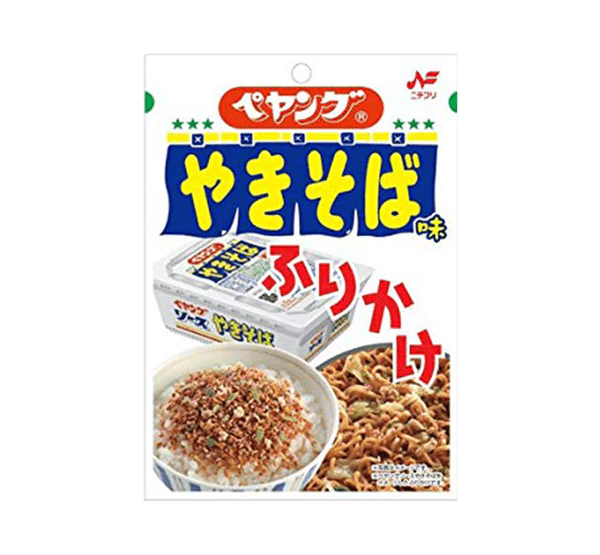
Click here to see product information.
-
Pokemon Shapes Furikake (Bonito Flakes)
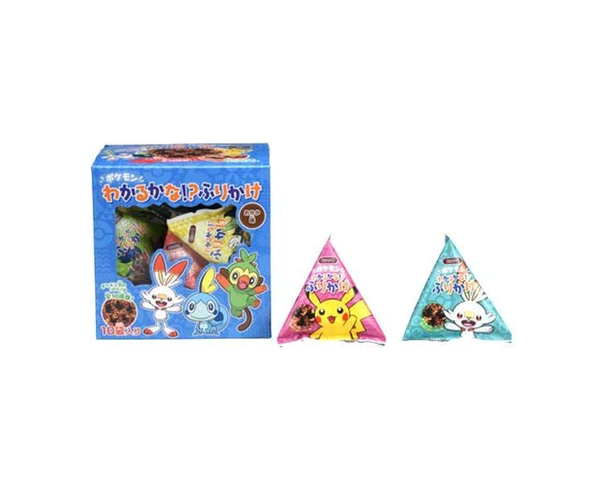
Click here to see product information.
-
Grilled Eel Rice Seasoning
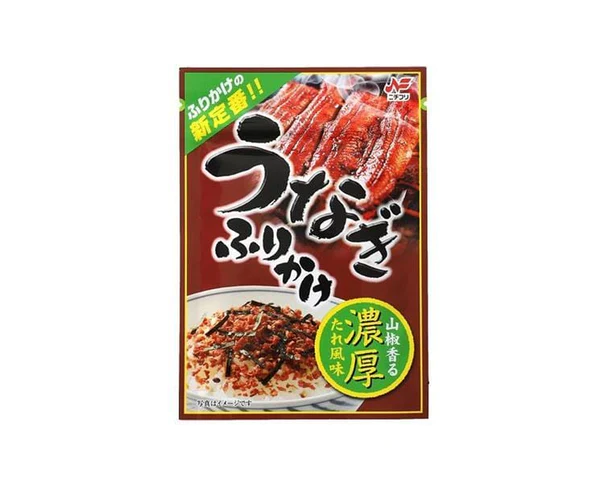
Click here to see product information.












































































Leave a comment